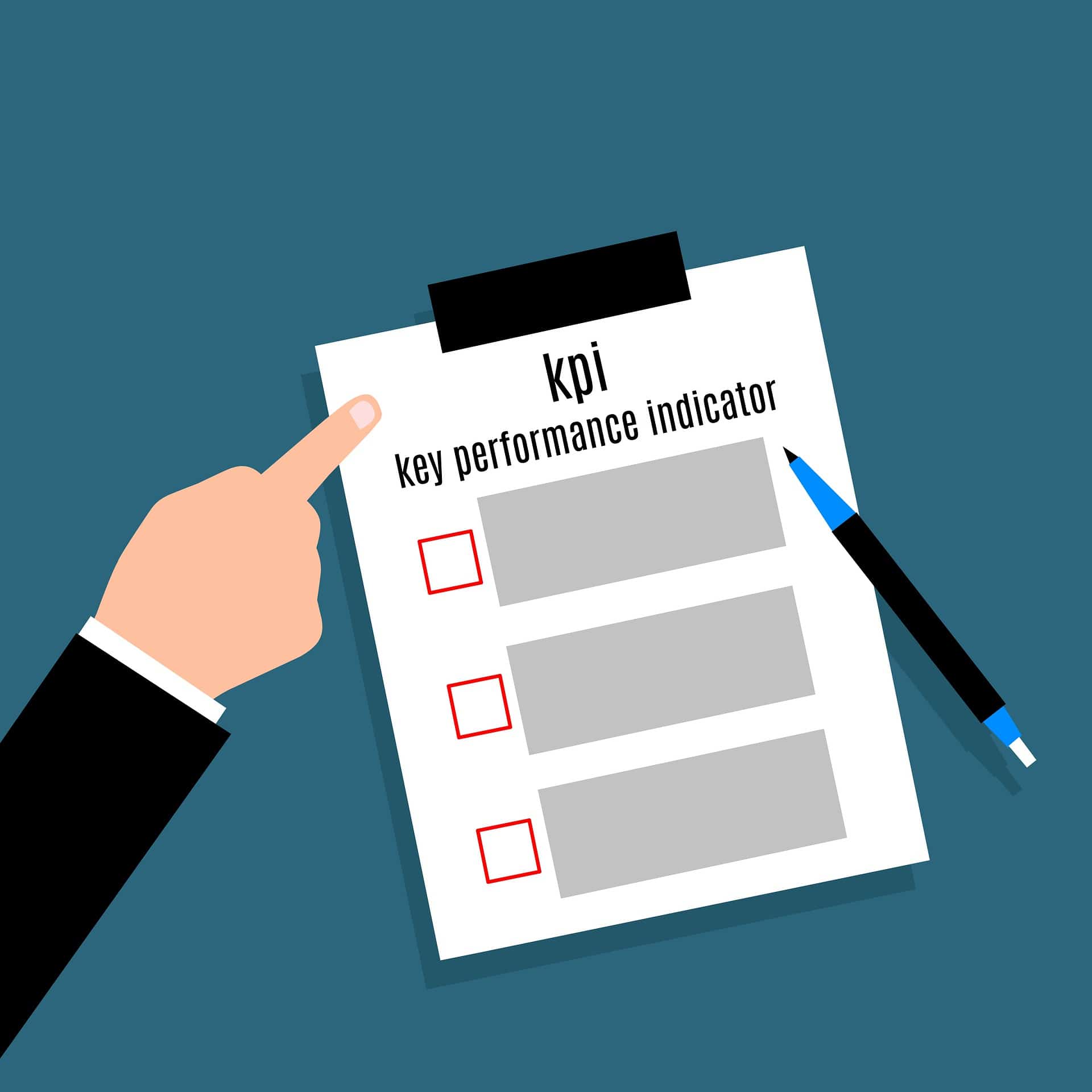Having a sound bookkeeping system is a foundation of the important information you’ll need to make strategic decisions. As a business owner, you are already challenged by a lot of responsibilities in running your business. Therefore, having a competent bookkeeper to take on the tedious job of keeping your books organized is a relief.
For a business owner, it may be hard for you to tell if your bookkeeper is taking the necessary actions to provide you with the financial information you need for your business.
To help you determine whether your bookkeeper is the right fit for your business, here are some of the signs you need to watch for:
-
They’re Always Behind on The Books and in Responding to You

As a business owner, you will need access to reports and other valuable information when making decisions. Given this, your bookkeeper should catch up with your business activities for you to stay on top of your business operation.
Maintaining clear communication with your bookkeeper is vital for your business. In order for your bookkeeper to get your point clearly, you both should be on the same page with regards to goals and expectations. As a business owner, when you have questions, it is important that you get a timely response to your inquiries.
-
They Don’t Understand Basic Bookkeeping Terminologies

Encountering financial jargon is normal to a business owner. It is important to let your bookkeeper know that you don’t understand these terms. Good bookkeepers are happy to explain financial terms. But if your bookkeeper does not know the term as well, then it reflects the lack of competency.
-
They Fail to Provide Helpful Reports, Or They Don’t Know What A Report Means

You need timely reports in order for you to successfully grow your business or avoid business losses. These reports are powerful tools that provide you up to date information in the constantly changing world of business. It can help you point out your business’s strengths and weaknesses especially areas that need improvement. Having timely access to these reports allows you to act accordingly before it is too late to save your business to take advantage of business opportunities. Therefore, if your bookkeeper is not providing you reliable financial information, then, your bookkeeper has failed to provide their fundamental service to your business.
-
They Don’t Let You See the Books

Sometimes bookkeepers get so protective over their work that they don’t want to show you or anyone else. As a business owner, you have the right to have access to your business’ financial records. If there is someone who is responsible for updating you of your business financials, it would be your bookkeeper. If your bookkeeper hesitates to hand over your financial information then, you should be more cautious and take immediate action.
-
They Find Excuses or Pass the Blame

A good bookkeeper is willing to go over a routine task of determining trends to keeping your books up to date. This task requires your bookkeeper to be meticulous but making mistakes is inevitable. Finding an excuse or blaming others will not solve the problem but only delays the possible solution. As a business owner, you need a bookkeeper who is accountable for his work. If your bookkeeper makes mistakes, he should own and learn from it.
-
They Don’t Ask Questions

Many business owners may find it annoying to deal with questions. In any case, you need to give feedback to your bookkeeper to ensure that your business financial activities are accounted for properly. A good bookkeeper asks questions to understand how your business operates and analyze trends to identify opportunities to cut costs. Asking questions clarifies misunderstandings so if your bookkeeper never asks questions, then your bookkeeper most likely does not care about your business growth.
If you think it is time to find another bookkeeper to help with your business, contact us today at admin@fas-accountingsolutions.com or (832)-437-0385.




























